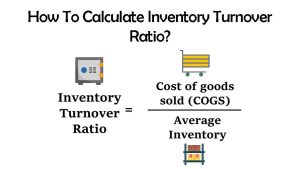The interest coverage ratio evaluates a business’s capacity to repay its debt. It is one of the leverage measures which can be utilized to determine a business’s financial health. Both financial analysts and investors value a decent interest coverage ratio because a firm cannot prosper and will not even be able to survive until it can afford the interest on its current debt to lenders.
The ICR is a ratio used to evaluate a firm’s ability to cover interest on its financial obligations. Lenders, creditors, and investors often utilize the ICR to assess the cost of lending capital to a firm. The “times interest earned” ratio is another name for the ICR.
Interest Coverage Ratio Formula

Interest coverage ratio = Earnings Before Interest and Taxes/Interest expense
Must Read – Interest Coverage Ratio – Importance & limitation
EBIT – There are 2 methods for calculating Earnings Before Interest and Taxes. The first method is to begin with EBITDA and afterwards subtract depreciation & amortization. If a corporation isn’t using the EBITDA measure, it should calculate operating income by deducting SG&A from gross profit.
Interest expense – Most of the main expenses on the financial statement is interest cost. A business’s investments must be financed by debt or equity. For the former, the corporation would pay a burden of borrowing costs. Identifying a business’s interest rate aids in comprehending its capital structure & financial results.
Uses of Interest Coverage Ratio
- The ICR is utilized to assess a firm’s capacity to cover interest on unpaid debt.
- Lenders, creditors, and investors utilize ICR to assess the cost of lending capital to a business.
- ICR is being used to assess corporate stability; a falling ICR indicates that a business will be struggling to fulfill its debt commitments in the future.
- ICR is utilized to assess a business’s short financial stability.
- ICR trend analysis provides a good view of a business’s stability in terms of interest payments.



